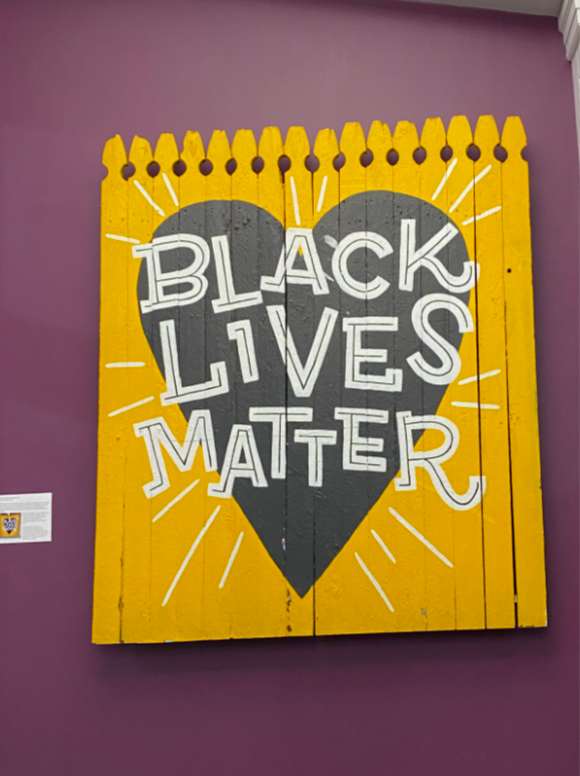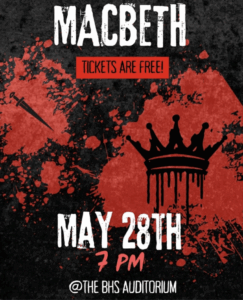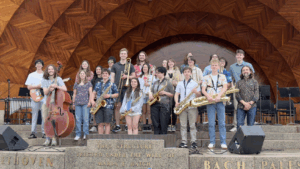By Claire Patch ’23
February is over, heart-shaped candy is off the shelf, but we should continue talking about one of the most important parts of the month. February is the official Black History Month! It is the time to support black-owned businesses, share art by black artists, and learn about how to be anti-racist. An essential aspect of supporting the black community is Black Lives Matter (BLM). The BLM movement was started in 2013 after 17-year-old Trayvon Martin’s killer was found not guilty of his murder. The BLM about page informs, “Black Lives Matter Global Network Foundation, Inc. is a global organization in the U.S., U.K., and Canada, whose mission is to eradicate white supremacy and build local power to intervene in violence inflicted on Black communities by the state and vigilantes” (Black Lives Matter).
Community is extremely significant when expressing support for minority groups. Luckily, Beverly has made beneficial actions to support the black community. One of these things happened on the very first day of the month. If you didn’t see the bright yellow painted BLM fence next to Atomic Café, let me introduce you to my favorite art piece of all time.
This is the fence made by BHS alum, Amanda Beard Garcia. She is an amazing human and talented artist, who donated her work to the Beverly Main Streets art program. Sadly, it is a rotating program, so it had to be moved from its original location. Luckily, the Beverly Public Library, in partnership with local officials, decided it should have a forever home here in Beverly. So, to mark the beginning of black history month, there was an unveiling ceremony. I attended it along with Selieka Johnson as students of BHS. Local officials including Mike Cahill, the mayor; Ms. Charochak, the superintendent; and Allison Babbin, the head of the Beverly Public Library all spoke. Abu Toppin, the Diversity, Equity & Inclusion Director, and my fellow BHS classmate, Selieka, both spoke passionately about the impact the BLM movement and the community has on black individuals. Selieka and I unveiled the fence as it hangs on the wall of the teen area of the Beverly Public Library.
The unveiling took place to introduce Black History Month (BHM). BHM began with a man named Carter G. Woodson in the 1910s. He spread his idea of a celebration of African-American history. Then, after years of trying to popularize his idea, he “sent out a press release announcing Negro History Week in February, 1926” (Scott). Woodson chose February because it housed the birthdays of Abraham Lincoln and Frederick Douglass, two Americans who had a great impact on black history. An article on the origins of BHM states, “From the beginning, Woodson was overwhelmed by the response to his call. Negro History Week appeared across the country in schools and before the public” (Scott). This contributed to racial pride in the US as well as becoming educated on black history. By the end of the 1960s, Black History Week was changing into Black History Month. The Association for the Study of African American Life and History shares, “Since the mid-1970s, every American president, Democrat and Republican, has issued proclamations endorsing the Association’s annual theme” (Scott).
And so, this is why we celebrate BHM, this is why we support the black individuals in our community, this is why Amanda Beard Garcia created the beautiful art piece that is hanging in the library, and this is why Black Lives Matter.
Sources:
Black Lives Matter. “About.” Black Lives Matter, 16 Oct. 2020, blacklivesmatter.com/about.
Scott, Daryl. “Origins of Black History Month – ASALH – The Founders of Black History Month.” ASALH, asalh.org/about-us/origins-of-black-history-month. Accessed 17 Feb. 2022.



